
They contain two hides, the Farm hide (the centrally located, below the farm buildings, largest hide of the nature reserve) and the Iron Trunk hide (found in the Western corner).
For much of the year it is one large lake complex with a large central island, but when water levels are low (summer and Autumn) the area separates into smaller patches of water, surrounded by muddy islands. A reed bed has been planted just to the right of the farm hide.
Introducing the Patch - Main Pits
The main pits of the floodplain forest nature reserve have produced some great birds so far including Great White Egret (twice), Pectoral Sandpiper, regular Garganey and Pintail and plenty of other waders. Redshank, Oysteratcher Little Ringed Plover and Common Tern all breed, or attempt to breed each summer.
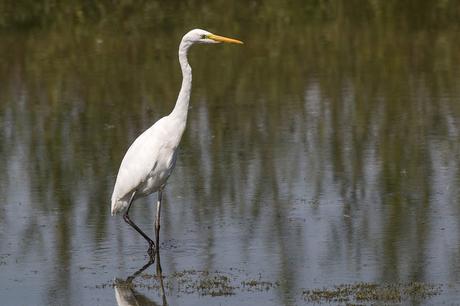
Great White Egret
The surrounding land is scrubby trees and is great for passerines and insects, plenty of butterflies and dragonflies can be seen, including Essex Skipper, Little Owls are often found around teh Farm Hide and Peregrine regularly hunt through the winter.
Map
Other Photos
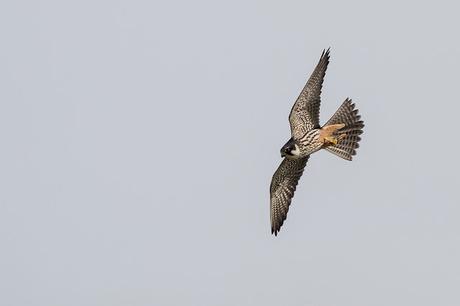
Hobby
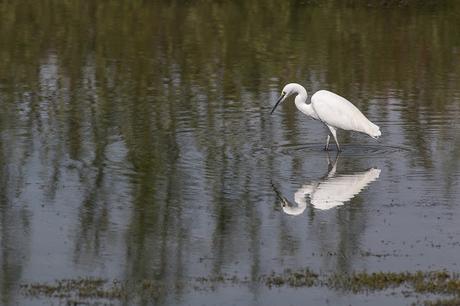
Little Egret on the Main Pits of the Floodplain Forest

Essex Skipper
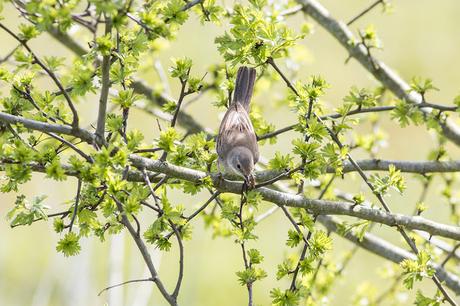
Common Whitethroat
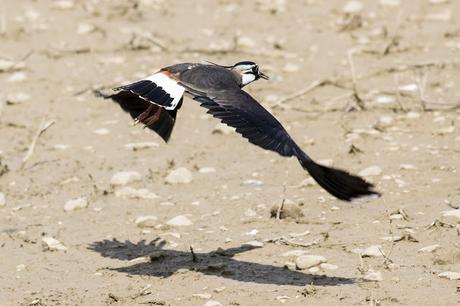
Lapwing

Redshank
For more information on Views From an Urban Lake's patch and the Floodplain Forest Nature Reserve see Introducing the Patch
If you enjoyed this post, or found it useful, then please do share it with your friends using the links below
Please feel free to leave me a comment, I really appreciate the interaction and will reply as soon as I can. I apologize for any issues with posting comments, but sometimes Google's blogger platform plays up. ALL comments are moderated for SPAM, so please don't bother if the comment is unrelated to the post it will likely be deleted.
